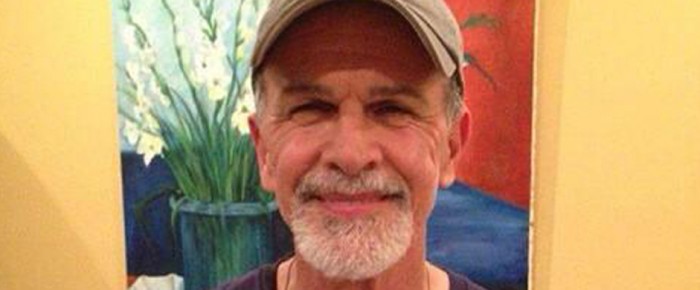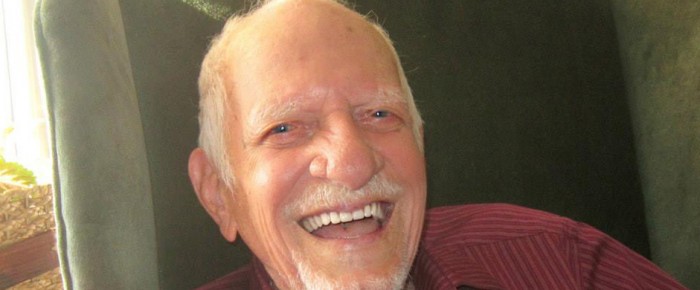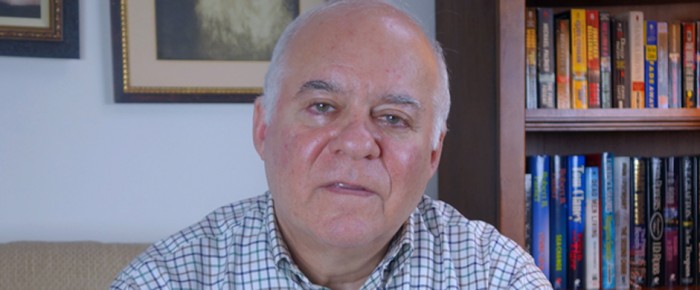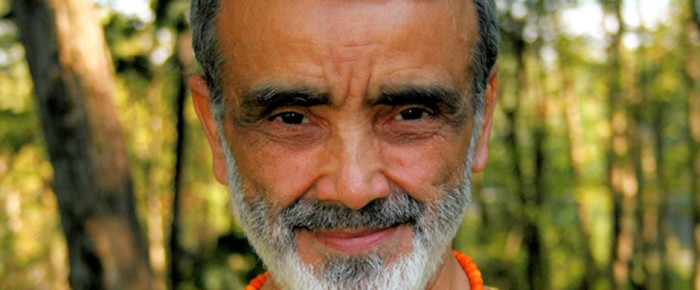Many might remember Tony Plana from his many acting roles from “Feo” in the film “Born in East L.A.” to playing America Ferrera’s dad in the sitcom “Ugly Betty,” but many might not know…
Read moreActor Tony Plana says, “Show your kids how important education is”





